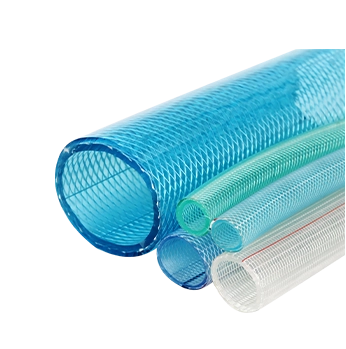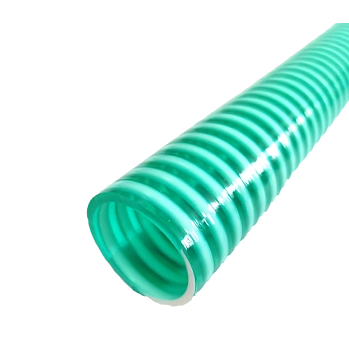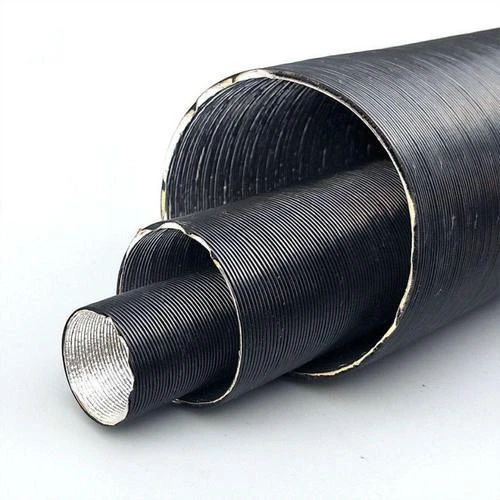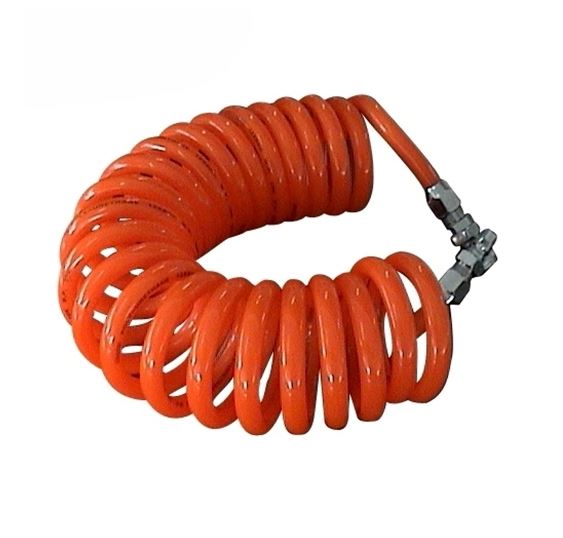High-Quality Aluminium Foil Duct for Efficient Airflow and Ventilation
Aluminium foil duct technology plays a crucial role in modern ventilation, HVAC, and air distribution systems. With increasing focus on air quality, fire safety, and installation efficiency, products like the aluminum foil duct hose, flexible aluminum foil duct, and advanced ventilation tubes have emerged as industry standards. This article, backed by authoritative references and data trends, provides a comprehensive guide to aluminium foil duct solutions and pinpoints why Hebei Kebing Import and Export Trade Co., LTD stands as a trusted partner worldwide.
Company Profile: Hebei Kebing Import and Export Trade Co., LTD
- Official Website: https://www.kebinghose.com
- Product Page: ALUMINUM FOIL VENTILATION DUCT
- Phone: +86 311 88888723
- Email: admin@kebinghose.com
- Mobile: +86 311 88888723
- Address: Hongda Business 1602, Yuhua District, Shijiazhuang City, Hebei Province
1. What is an Aluminium Foil Duct?
Aluminium foil duct is a lightweight, flexible, and fire-resistant tubing solution constructed from multi-layer aluminum foil reinforced with spiral steel wire. Designed for air ventilation, HVAC, and fume exhaust, these ducts combine excellent corrosion-resistance, heat tolerance, and structural flexibility. Widely implemented as aluminum foil duct hose or as a flexible aluminum foil duct variant, these systems optimize airflow while maintaining safety and installation ease.
| Feature | Parameter | Industry Standard |
|---|---|---|
| Tube Structure | Double-layer: Aluminum Foil + Fire-resistant Glass Fiber | Complies with UL 181, EN 13180 |
| Support Wire Material | Spiral tension steel wire | Q195, Q235, Stainless Steel |
| Overall Tube Thickness | 0.5 mm ± 0.01 mm | ≥0.45 mm (for industrial use) |
| Steel Wire Thickness | 0.8 – 2.0 mm | 0.8 – 2.5 mm |
| Diameter Range | 50 mm – 600 mm | Customizable on demand |
| Temperature Resistance | -30°C to +150°C | Typically up to 140°C |
| Fire Resistance | Class 0 / Class 1 | BS 476 Part 6&7, EN 13501-1 |

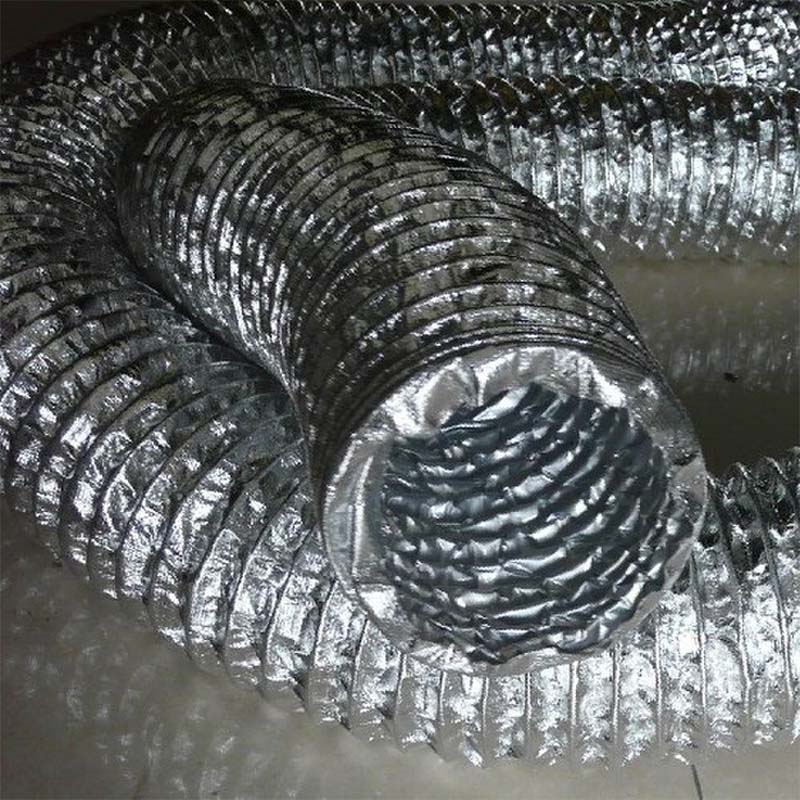

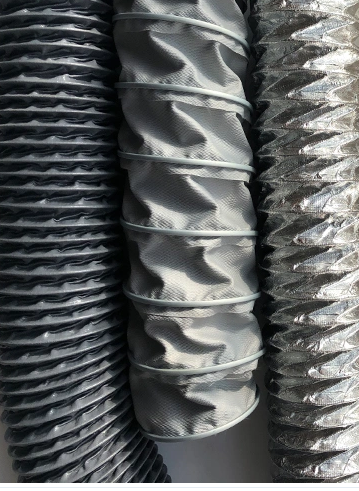


2. ALUMINUM FOIL VENTILATION DUCT – Product Spotlight
Product Name: ALUMINUM FOIL VENTILATION DUCT
Description: Double-layer structure using reinforced aluminum foil and a fire-retardant glass fiber cloth. The support is spiral-wound with high tensile strength steel wire (0.8–2.0 mm). Wall thickness: 0.5 mm.
Engineered for robust air handling, HVAC, exhaust, and cleanroom usage, this aluminium foil duct excels in flexibility, flame-retardance, and corrosion resistance.
- Flexible installation — can bend at various angles, aiding routing in complex building layouts.
- Fire-resistant — meets international standards for flame spread and smoke development.
- Corrosion and chemical resistant — ideal for both commercial and industrial environments.
- Excellent air sealing and reduced energy losses.
3. Technical Parameters & Data Visualization
| Parameter | ALUMINUM FOIL VENTILATION DUCT | Standard Aluminum Duct | PVC Coated Duct |
|---|---|---|---|
| Inner Diameter (mm) | 50–600 | 75–500 | 80–400 |
| Wall Thickness (mm) | 0.5 | 0.32–0.45 | 0.30–0.42 |
| Temperature Range (°C) | -30 to +150 | -20 to +120 | -10 to +65 |
| Bending Radius (mm) | 0.6 × Diameter | 0.7 × Diameter | 1.0 × Diameter |
| Air Tightness | Class C / D | Class B / C | Class B |
| Fire Resistance | Class 0 / 1 | Class 1 / 2 | Not Rated |
ALUMINUM FOIL VENTILATION DUCT Major Performance
4. Applications & Industry Trends
The adoption of aluminium foil duct is accelerating with the global push for environmental safety, air quality, and rapid urban infrastructure developments. Key applications include:
- HVAC Systems: Office towers, hospitals, airports use aluminum foil duct hose for air intake and exhaust due to its flexibility and fireproofing.
- Industrial Exhaust & Ventilation: Factories and workshops utilize flexible aluminum foil duct to route fumes from welding, painting, and chemical processing lines.
- Kitchen Range Hoods: Increasing building safety codes require aluminium foil duct for grease-laden exhausts.
- Cleanrooms: Electronic, biotech, and pharmaceutical production relies on sealed, corrosion-resistant ducting.
- Automotive and Vehicle Air Systems: Flexible ducts ensure effective air-distribution in challenging installation spaces.
- Temporary & Mobile Installations: Tents, exhibitions, disaster relief modules benefit from easy-to-install, lightweight ducts.
5. Expertise and EEAT: Why Choose Hebei Kebing?
Hebei Kebing Import and Export Trade Co., LTD is an industry-certified supplier with a strong commitment to quality and compliance. Our products undergo rigorous testing in accordance with:
Customers from over 40 countries choose Kebing's aluminium foil ducts for their proven durability, technical superiority, and responsive after-sales service.
6. Professional FAQ – Aluminium Foil Duct Technical FAQ
- Q1: What is the core material in aluminum foil duct manufacturing?
- A: Top-grade aluminium foil (usually series 8011, 1235, or 3003) is laminated with fire-resistant glass fiber fabric and reinforced using spiral steel wire (Q195/235).
- Q2: How is the thickness of aluminium foil duct specified?
- A: Standard wall thickness is 0.5mm, measured by micrometer across both foil layers and core fabric. This balance offers durability and flexibility.
- Q3: What diameters are available for flexible aluminum foil duct?
- A: Industry sizes range from 50mm up to 600mm inner diameter, with special custom sizes for OEM projects.
- Q4: What fire resistance standards does aluminium foil duct meet?
- A: Compliant with Class 0/1 (EN 13501-1, BS 476 Part 6/7), ensuring flame retardancy and minimal smoke development.
- Q5: How to install an aluminum foil duct for best air-sealing?
- A: Use specified stainless steel duct clamps at joints, maintain a smooth, untwisted route, and seal seams with UL-listed foil tape for maximum efficiency.
- Q6: What are the typical static pressure and airflow capacities?
- A: For a 150mm duct at 120Pa pressure, airflow reaches approximately 800–900 m³/h. Pressure resistance up to 2000Pa for industrial grades.
- Q7: Is aluminum foil duct suitable for corrosive gas exhaust?
- A: Yes, as aluminium is naturally corrosion-resistant; however, for highly corrosive gases, consider PVC/insulated duct variants or internal coating options.
Common Questions on Aluminum Foil Duct Technology
7. Choosing & Ordering Aluminium Foil Ventilation Duct
- Specify diameter and length (standard coils: 5m, 10m per piece).
- Confirm wall thickness and steel wire gauge for your pressure and flexibility needs.
- Identify application (HVAC, kitchen exhaust, cleanroom, etc.) to select correct fire-resistance and material class.
- Contact Hebei Kebing for OEM/ODM and bulk orders.
Get Fast Technical Support & Quotation:
Tel: +86 311 88888723 | Email: admin@kebinghose.com
8. Authoritativeness & Industry References
-
The Essential Role of LPG Hoses in Safe and Efficient Gas DistributionNewsJul.16,2025
-
The Crucial Role and Varieties of LPG Gas HosesNewsJul.16,2025
-
PVC Flexible Hoses in Industrial Applications: A Comprehensive OverviewNewsJul.16,2025
-
High - Pressure LPG Hoses - Ensuring Safety and Efficiency in Fuel TransferNewsJul.16,2025
-
Essential Tools for Welding Operations: Oxy - Acetylene HosesNewsJul.16,2025
-
Essential Connections - LP Gas Hoses and Their VariantsNewsJul.16,2025



